
In some corners of the world, marriage waits for a diploma. In others, it comes with barely a backpack packed. What counts as “too young” or “just right” depends on zip codes, beliefs, and expectations. Let’s travel across ten regions and see what shapes the ticking clock on tying the knot.
Sub-Saharan Africa
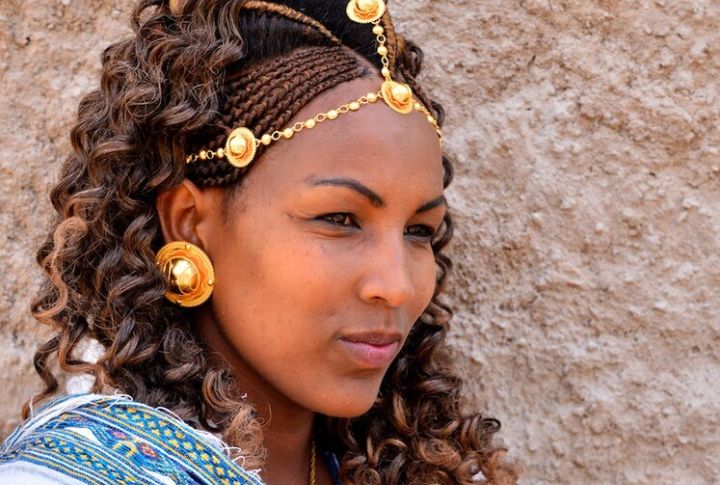
More than 30% of girls across Sub-Saharan Africa marry before turning 18. Ethiopia sets 18 as the legal minimum, yet rural traditions often override it. Because secondary education remains limited, adolescent birth rates in this region are the highest anywhere, which reinforces early unions as the norm.
North Africa And The Middle East
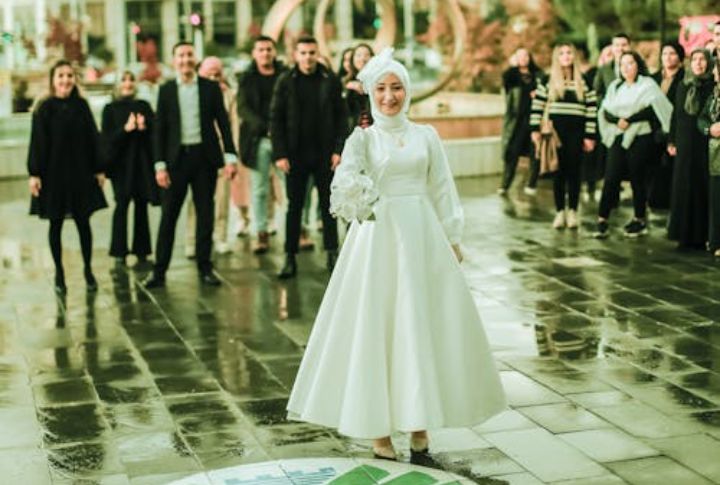
In North Africa and the Middle East, the legal marriage age is typically 18, but real-life practices vary. In Egypt and Morocco, the average age at marriage ranges from 22 to 27. In contrast, early marriages remain common in rural parts of Sudan and Yemen. Education, religion, and job opportunities all play a role in shaping when women marry.
South Asia
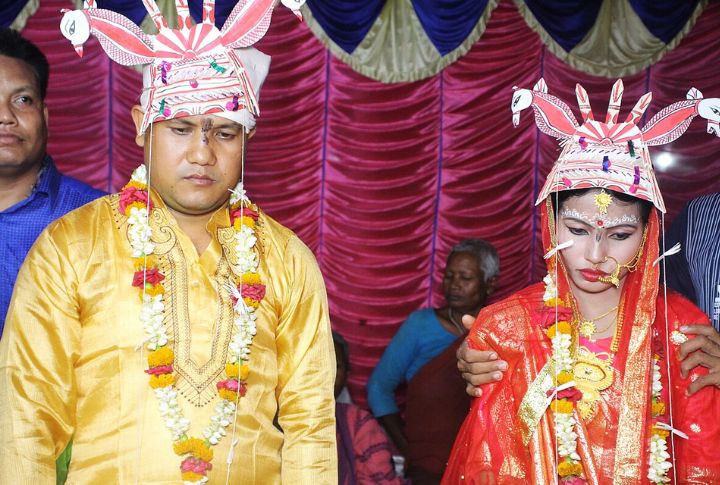
Marriage before 18 is still widespread across South Asia. In Bangladesh, over half of all women marry before reaching adulthood. India has seen a modest rise in median age, now at 19.2. Girls who stay in school longer usually marry later. In Nepal, caste matters, and in some Indian regions, dowries continue to pressure families into early unions.
Southeast Asia
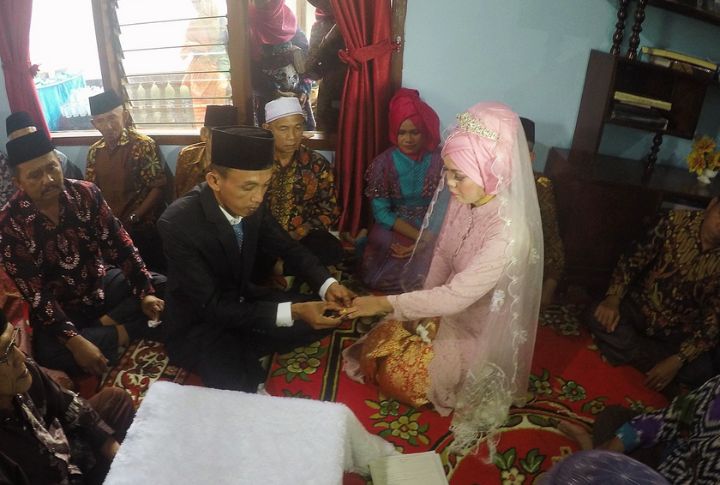
In Indonesia’s Kalimantan region, some girls marry as young as 16, even though the national median is 21. Informal unions remain common in the Philippines’ Mindanao. Yet, in Thailand and Vietnam, tourism and urban influence have delayed marriage—although rural traditions still uphold older expectations around family honor and timing.
East Asia

Despite falling marriage rates, the label of “leftover women” still lingers in both cities and rural areas across East Asia. In China, social stigma follows unmarried women past 27. While careers and education lead many to delay marriage, the region still holds tightly to these cultural expectations.
Central Asia
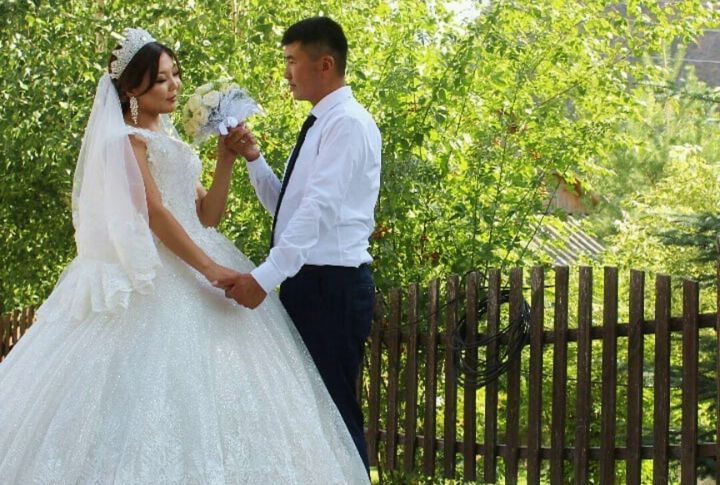
Many girls in Central Asia still marry when they are barely adults, especially where health education is lacking. Uzbekistan promotes early families. In Kyrgyzstan and Tajikistan, the median marriage ages are 23.6 and 22.1, respectively. Even illegal bride kidnapping still happens. Religious revival has also replaced Soviet-era norms that once encouraged later marriage.
Eastern Europe
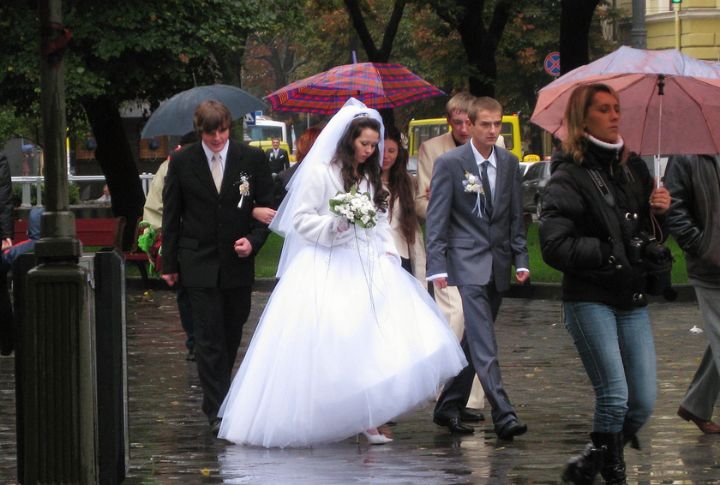
Marriage often occurs at older ages in Ukraine and Moldova, with median ages of 29.2 and 26.0, respectively. Post-communist instability changed priorities by prompting many working women to postpone it. Some migrate west and remain single, yet small towns still cling to traditions and Orthodox Christian expectations around marrying young.
Western Europe

Many in Western Europe now opt for long-term partnerships over formal marriage vows. In Sweden and Germany, median marriage ages rise above 30. Cohabitation is the norm in Scandinavia, with Iceland leading the way in the number of children born outside marriage. Civil unions hold value, which offers freedom without the pressure of a traditional ceremony.
North America

Across North America, marriage still holds significance, even as its timing and form vary significantly. In the U.S., women marry around 28.6, frequently following cohabitation. Canada averages 31.2, yet Quebec sees fewer formal unions. Rural states like Arkansas, however, continue to reflect early marriage rooted in local tradition.
Latin America And The Caribbean

In this region, marriage norms vary as much as the geography. As Chile and Uruguay average above 29, Nicaragua and the Dominican Republic have over 30% of their population married before 18. Coastal communities often favor informal unions, but rural customs still let religious values shape when marriage should happen.

